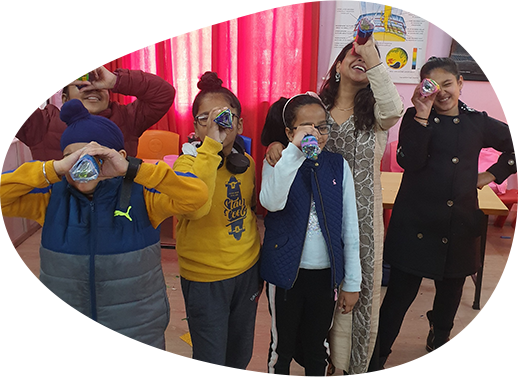EDUCATION
CAN BE
FUN

WHO WE ARE
Fun With Science is Chandigarh (India) based enterprise which provides Education to children with an element of “FUN”. We work with children and their parents to add scientific bend in their routines and thoughts. We want every child to believe in what they learn and experience. Our goal is to ignite the light of knowledge and creativity in these young minds.


KNOWLEDGE HUB
LATEST NEWS & UPDATES

Come & Join
You can approach us anytime for our services. We will be happy to assist you.











